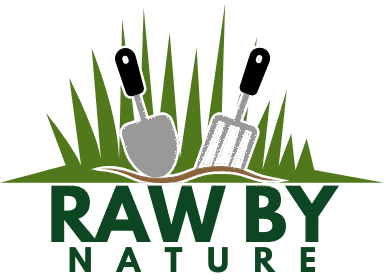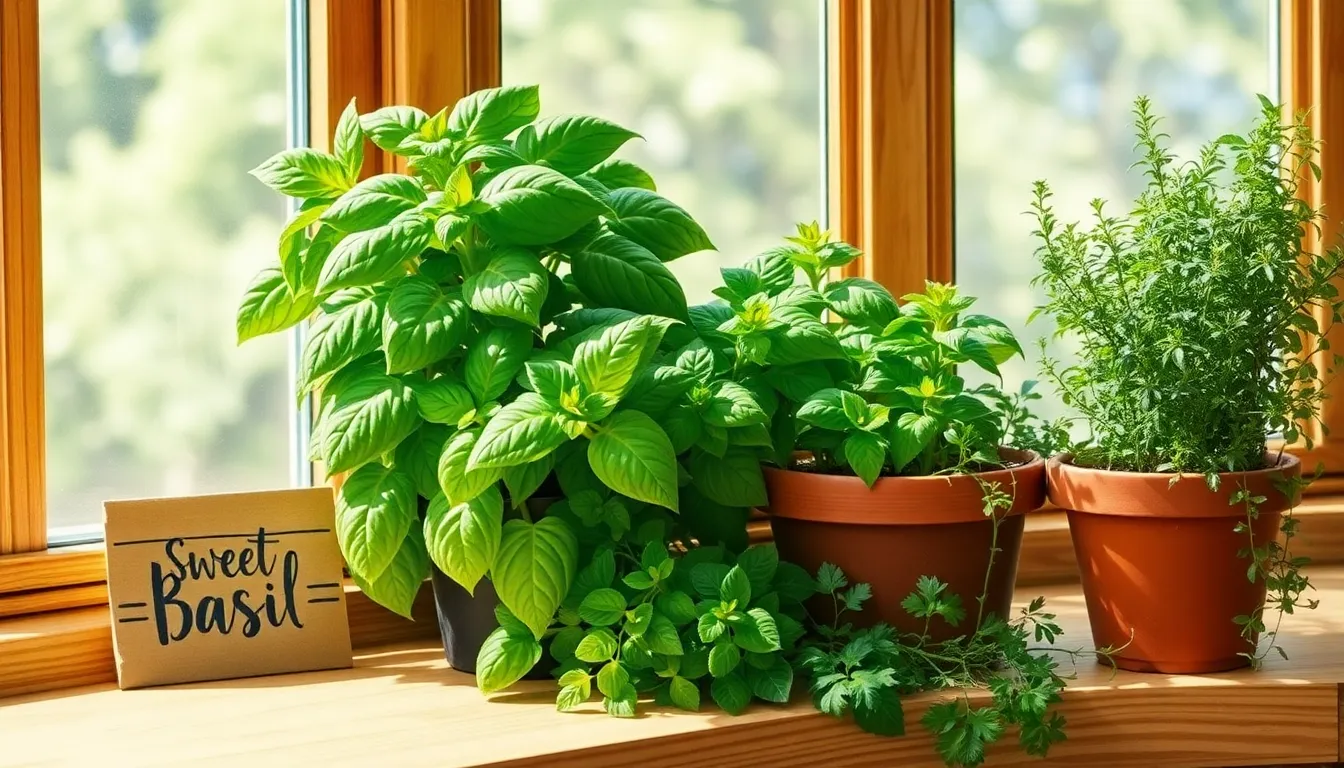Imagine stepping into your kitchen and being greeted not only by the aroma of a freshly brewed coffee but also by the vibrant scent of basil, mint, or rosemary growing right by your window. Growing an herb garden in your kitchen is not just a delightful way to enhance your culinary adventures, but it’s also an accessible entry point into the world of gardening, no matter your level of experience. Whether you’re a novice excited about nurturing your first plant or a seasoned gardener looking to bring your passion indoors, creating a kitchen herb garden is a rewarding endeavor that brings nature closer to home.
In this article, we’ll explore the essentials of setting up your own indoor herb garden, from selecting the right containers to understanding sunlight needs. You’ll discover how to choose herbs that thrive indoors, learn tips for maintaining their health, and get creative ideas for using your fresh harvests in your meals. With our guidance, you’ll gain the confidence to turn a simple corner of your kitchen into a lush, aromatic oasis that not only enhances your cooking but also adds a touch of green tranquility to your everyday life.
Select Suitable Herb Varieties
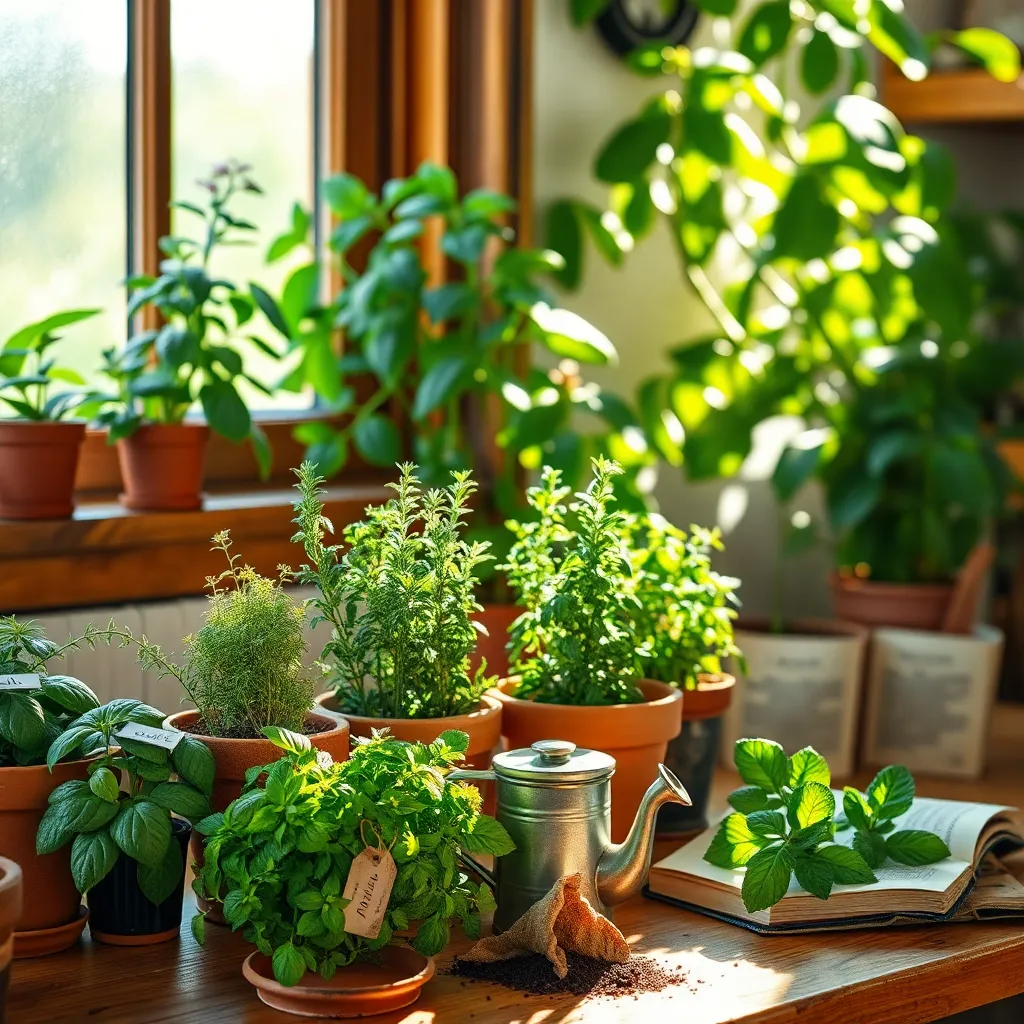
To cultivate a thriving kitchen herb garden, start by choosing herbs that suit the light conditions in your space. Herbs like basil, parsley, and cilantro thrive in bright, sunny windowsills, while mint and chives can adapt to slightly shadier spots.
Consider the growth habits of each herb when selecting varieties for your kitchen. Compact or dwarf varieties are ideal for small spaces, ensuring your plants have room to flourish without overcrowding.
Soil selection is crucial for the success of your indoor herbs. Use a well-draining potting mix specifically formulated for herbs, which often includes a mix of peat, vermiculite, and perlite.
For those looking to expand their herb garden beyond the basics, consider adding more unusual varieties like lemon balm or Thai basil. These herbs not only provide unique flavors but also require similar care to more common varieties, making them an easy addition.
Choose Sunny Kitchen Spot
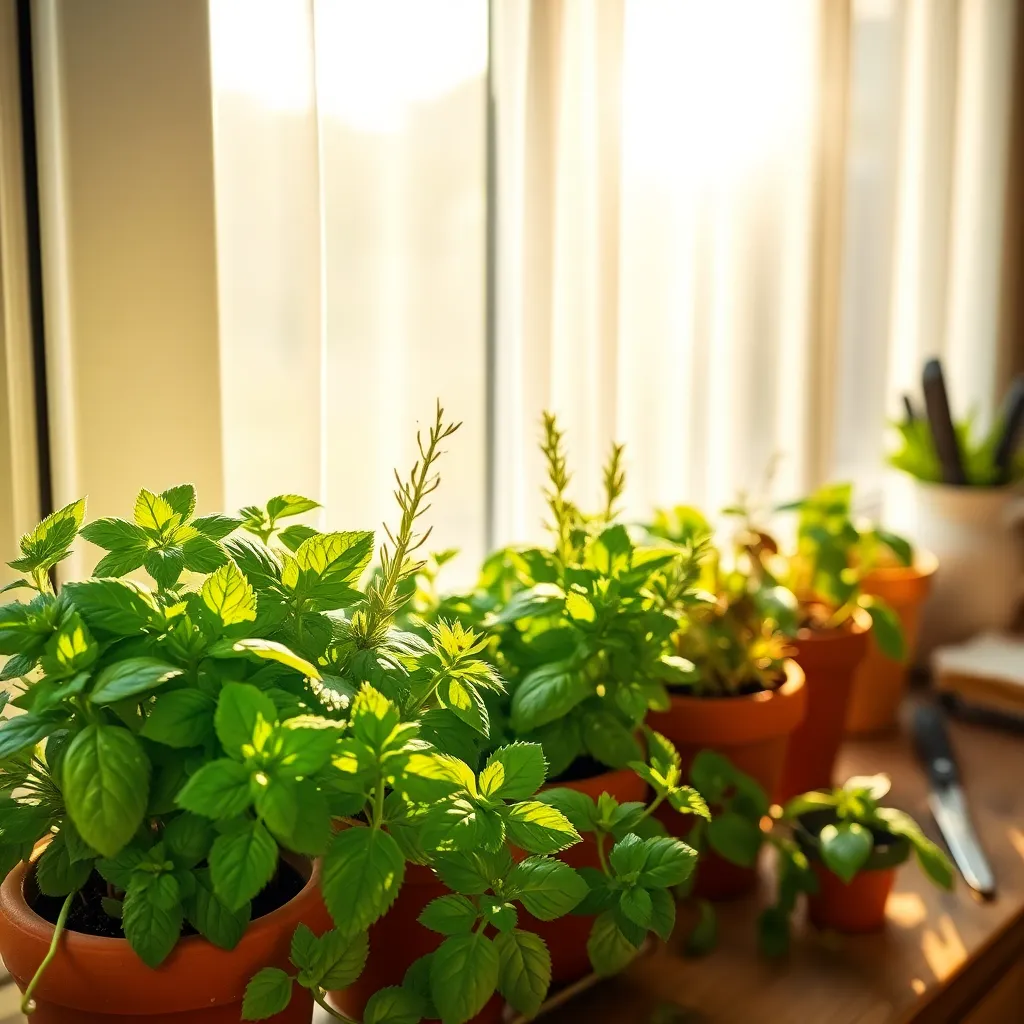
To establish a thriving herb garden in your kitchen, it’s crucial to choose a sunny spot that receives plenty of natural light. Most herbs, such as basil and thyme, require at least six hours of sunlight per day to grow robustly and develop their best flavors.
Consider positioning your herb pots on a south-facing windowsill, as this typically offers the most consistent exposure to sunlight throughout the day. If your kitchen windows do not receive enough direct sunlight, you may need to supplement with a grow light to ensure your herbs thrive.
Use a light, well-draining potting mix to prevent waterlogging, which can lead to root rot. A soil mix containing perlite or sand can improve drainage, ensuring your herbs have a healthy growing environment.
Regularly rotate your herb pots to ensure all sides of the plants receive equal light exposure, promoting even growth. This simple practice can help prevent your herbs from becoming leggy and encourage them to grow bushier and more productive.
Prepare Potting Mix Properly
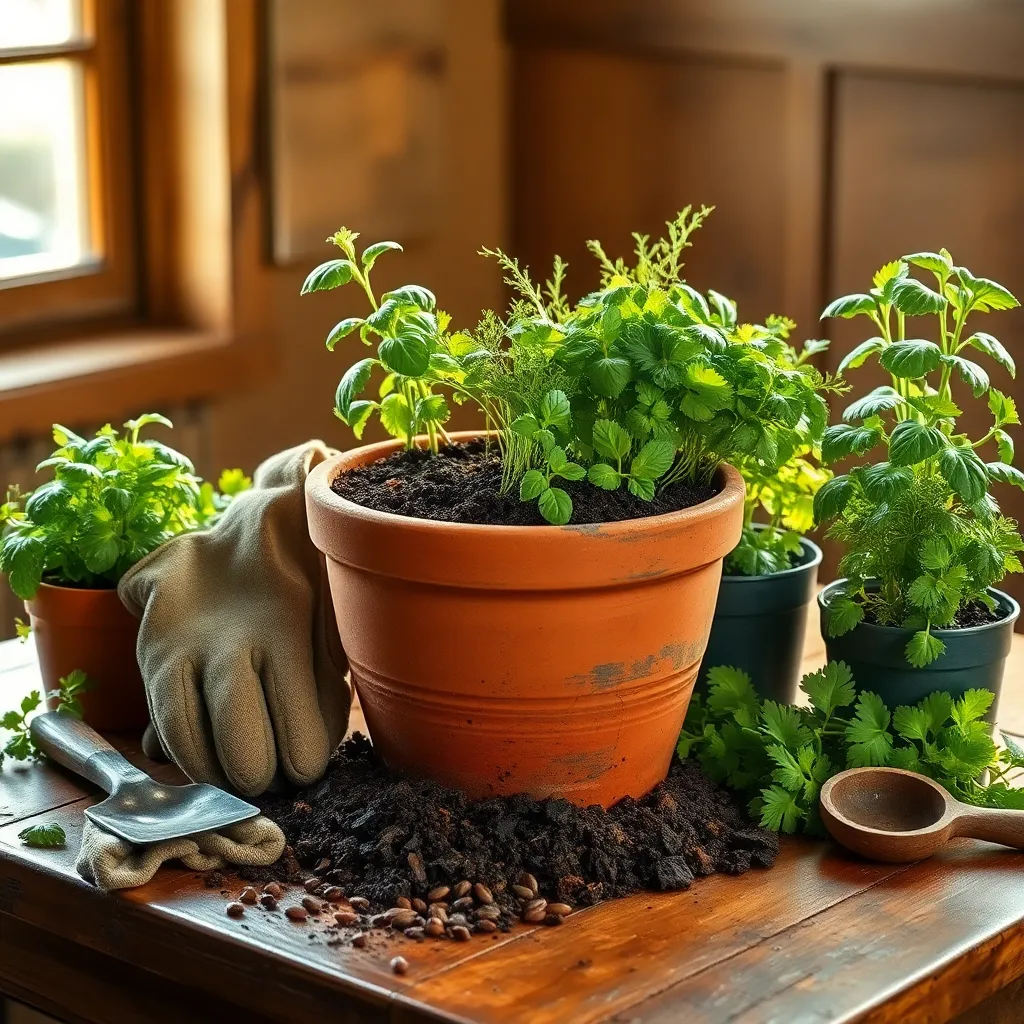
Creating the right potting mix is crucial for a thriving herb garden in your kitchen. Start by selecting a high-quality commercial potting soil, which provides the ideal balance of drainage and nutrients that herbs need to flourish.
Adding perlite or coarse sand can improve drainage, preventing water from pooling and potentially harming your plants. This is especially important in a kitchen setting where overwatering can easily occur.
For those seeking a more organic approach, consider enriching the potting mix with well-aged compost or worm castings. These additions will not only boost nutrient levels but also enhance the soil’s ability to retain moisture without becoming waterlogged.
Experienced gardeners might experiment with creating their own potting mix by blending equal parts peat moss, vermiculite, and perlite. This custom mix can be adjusted to suit the specific needs of different herbs, allowing for a more tailored growing environment.
Plant Seeds with Care
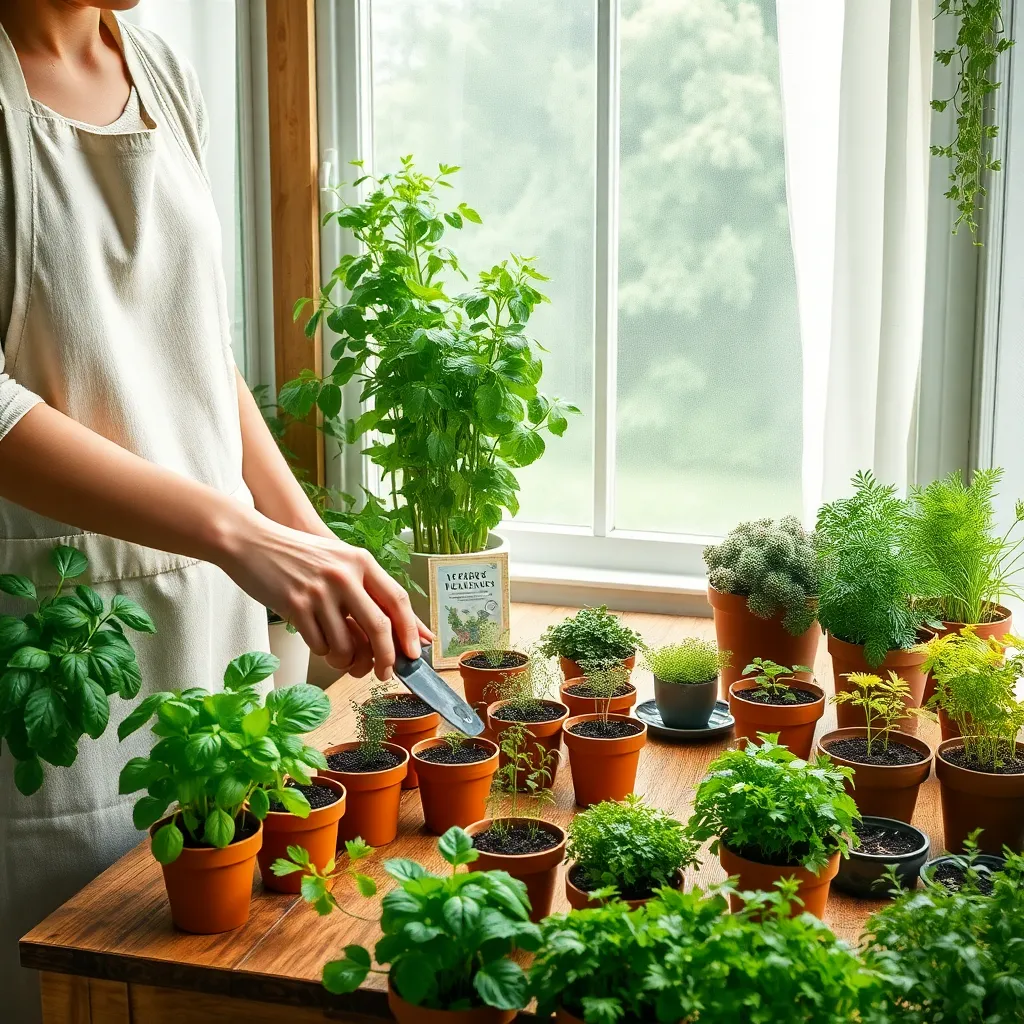
When planting seeds, begin by selecting high-quality seeds from a reputable source to ensure healthy growth. Choose seeds that are appropriate for indoor environments, such as basil, mint, or parsley, which thrive in kitchen gardens.
To plant seeds with care, fill your containers with the prepared potting mix, leaving about an inch from the top. Ensure the soil is moist but not waterlogged, as overly wet soil can lead to seed rot.
Next, use your finger or a small stick to make shallow holes, typically about a quarter of an inch deep, for small herb seeds. Place two to three seeds in each hole to increase the likelihood of successful germination.
Cover the seeds lightly with potting mix and gently pat down to ensure good soil contact. Mist the surface with water to avoid displacing the seeds, and maintain moisture as they begin to germinate.
For advanced care, consider using a seed-starting heat mat to provide consistent warmth, which can speed up germination. Check the packaging for specific seed temperature requirements and aim to maintain this environment for optimal results.
Water and Maintain Regularly
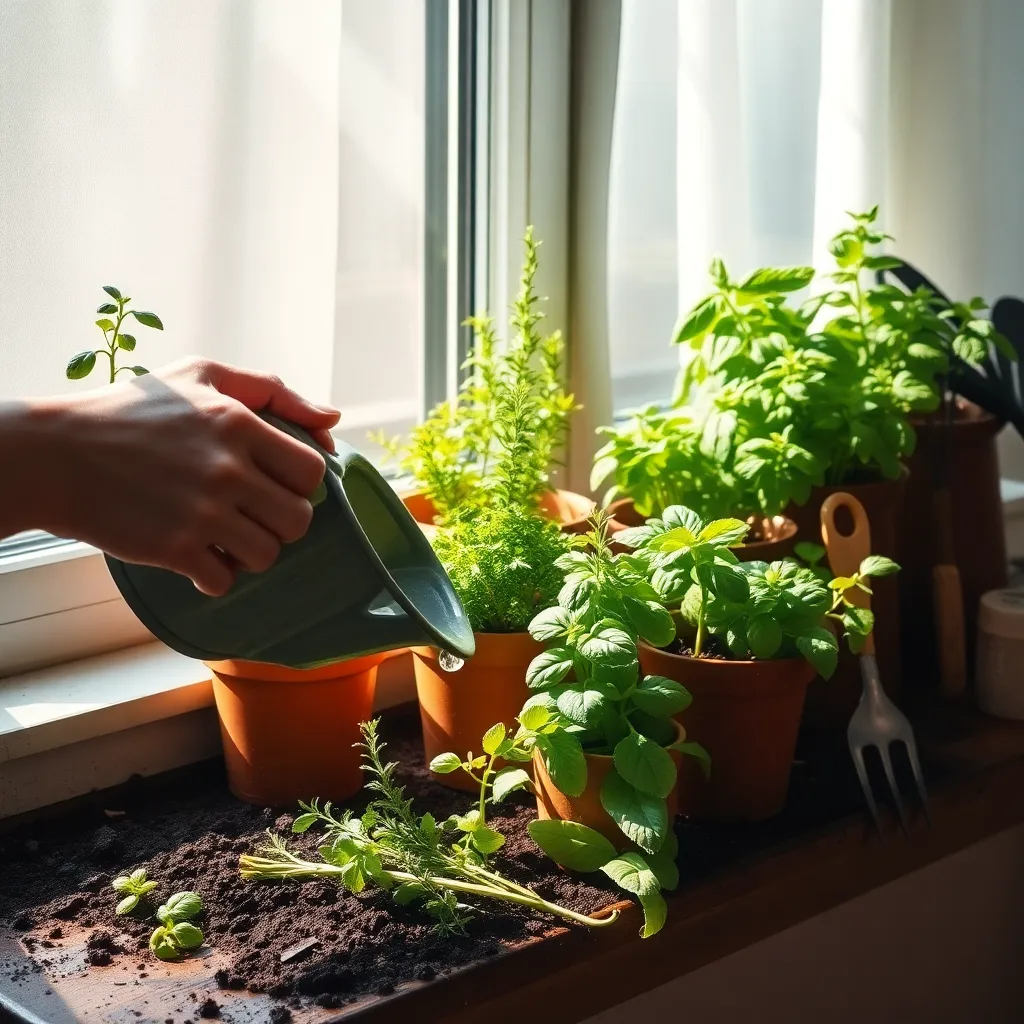
After successfully planting your seeds, the next crucial step is to ensure they receive the right amount of water. Herbs generally prefer consistently moist soil, so it’s essential to check the moisture level regularly by sticking your finger about an inch into the soil.
Water your herbs when the top inch of soil feels dry to the touch, usually once or twice a week, depending on your kitchen’s humidity. Overwatering can lead to root rot, so ensure your pots have drainage holes to allow excess water to escape.
Beyond watering, maintaining your herb garden involves regular pruning to encourage bushy growth. Pinch back the tips of your herbs, such as basil and mint, to prevent them from becoming leggy and to promote new growth.
Fertilizing your herbs every 4-6 weeks will also help maintain their vigor and productivity. Opt for a balanced, water-soluble fertilizer, but keep in mind that herbs do not require heavy fertilization and too much can affect their flavor.
Conclusion: Growing Success with These Plants
In nurturing an herb garden within your kitchen, we explore five essential relationship concepts: patience, communication, commitment, adaptability, and shared growth. Just as an herb garden requires patience, relationships thrive when we allow time for growth and understanding. Communication blooms when we openly discuss needs, akin to how we tend to our plants. Commitment is mirrored in the consistent care we provide, ensuring our bonds flourish. Adaptability is key, as both gardens and relationships demand flexibility in the face of change. Finally, shared growth is the reward, as we reap the benefits of our efforts together.
To put these insights into action, why not start your own kitchen herb garden? By doing so, you’ll cultivate a tangible reminder of these relationship principles right in your home. As you embark on this journey, be sure to save or bookmark this article to revisit these concepts and keep your relationship thriving.
Remember, authentic relationships, much like gardens, are built with intention and care. By applying these principles, you’re setting the foundation for lasting success. Embrace this opportunity to grow, both personally and together, and watch the seeds of your relationship flourish into something truly beautiful.
